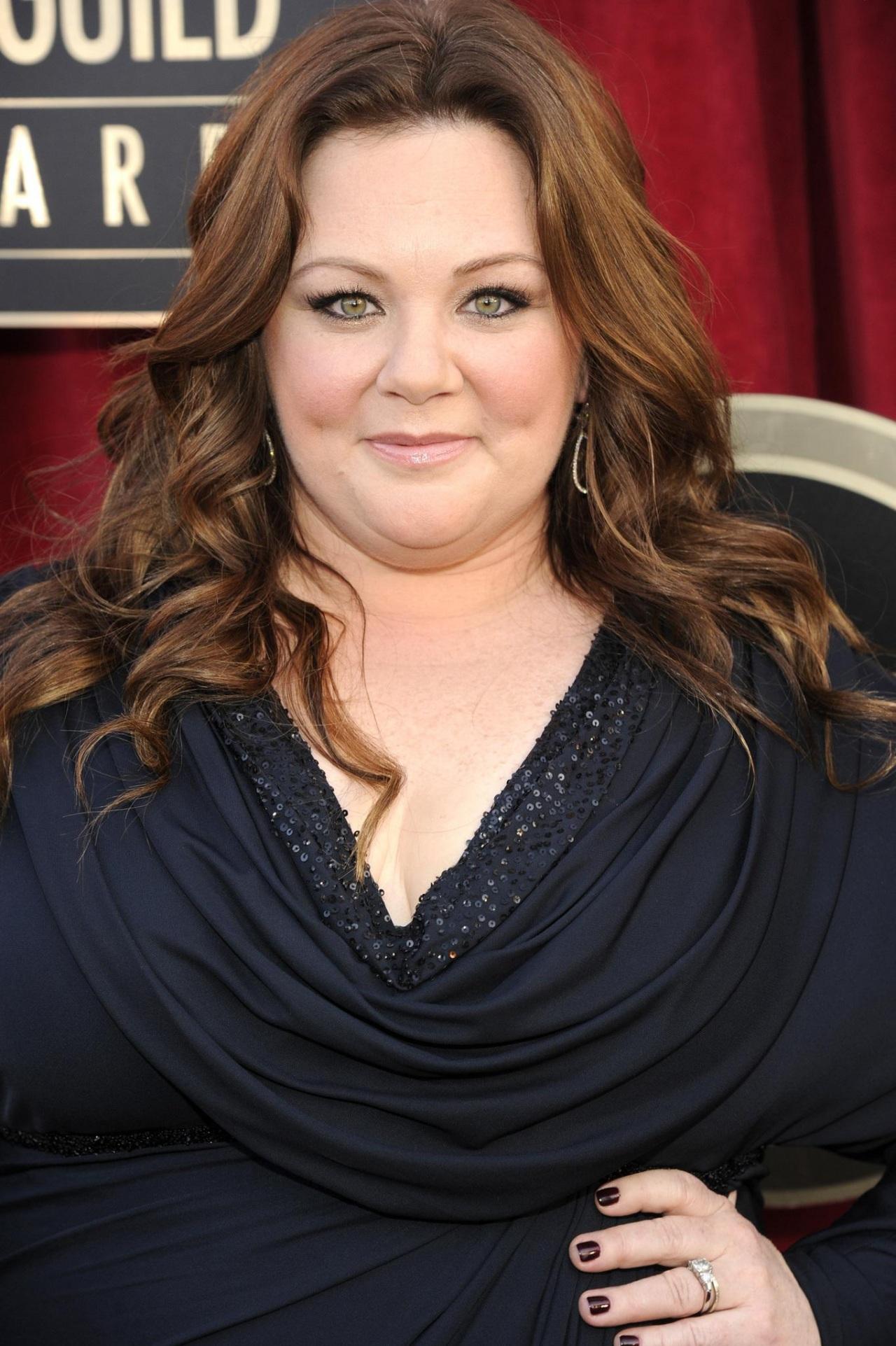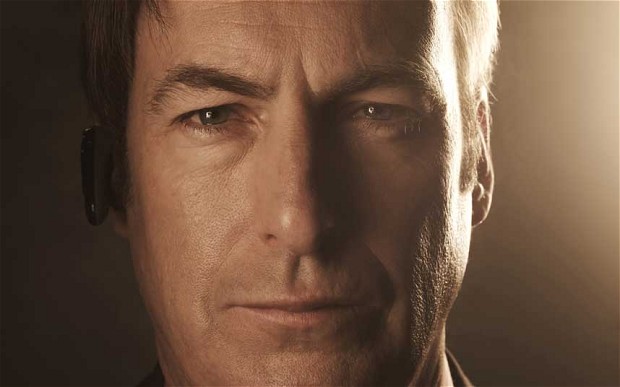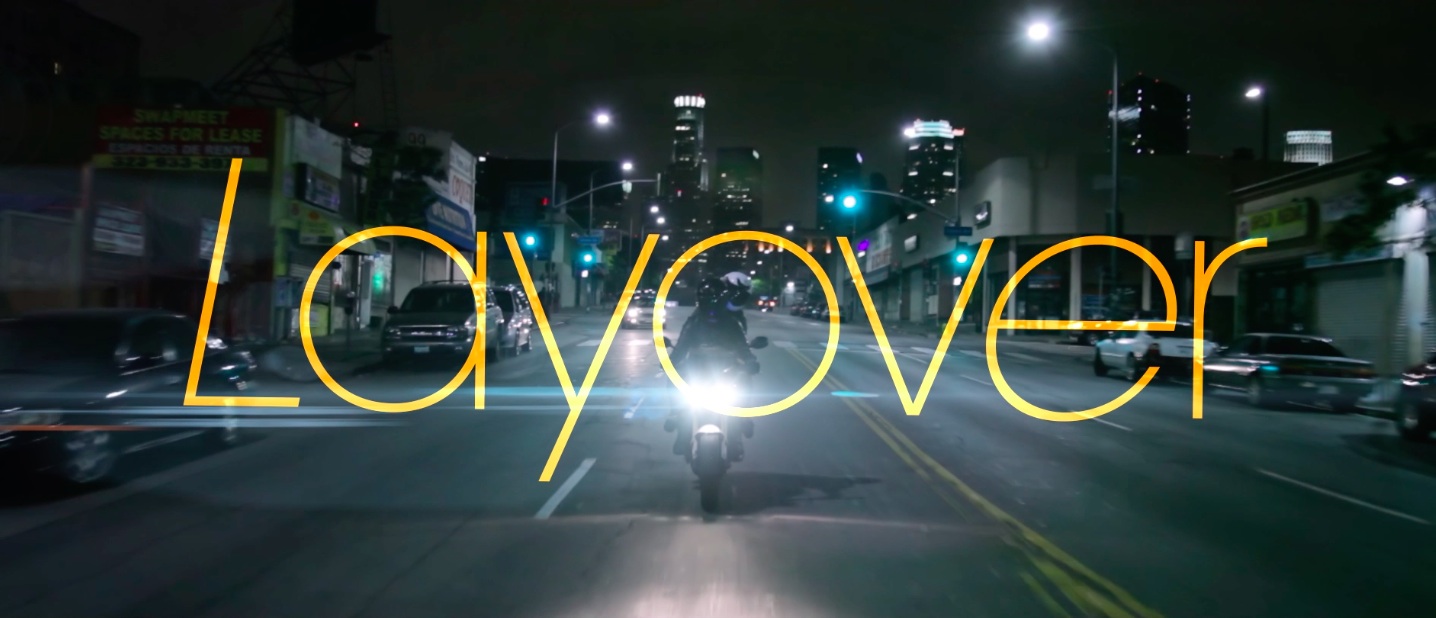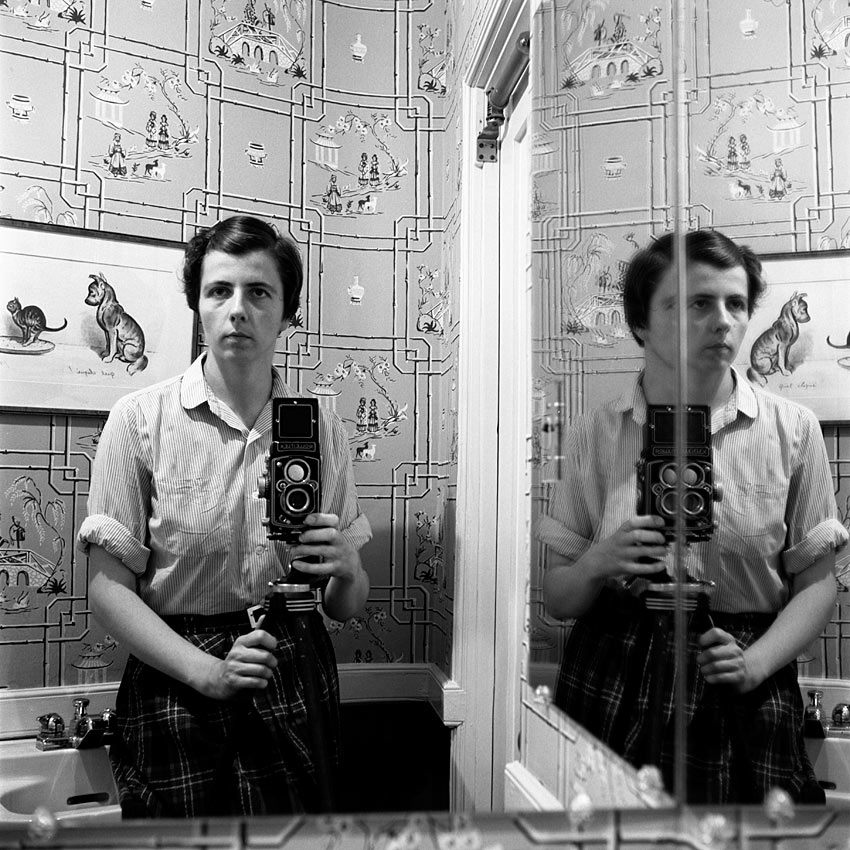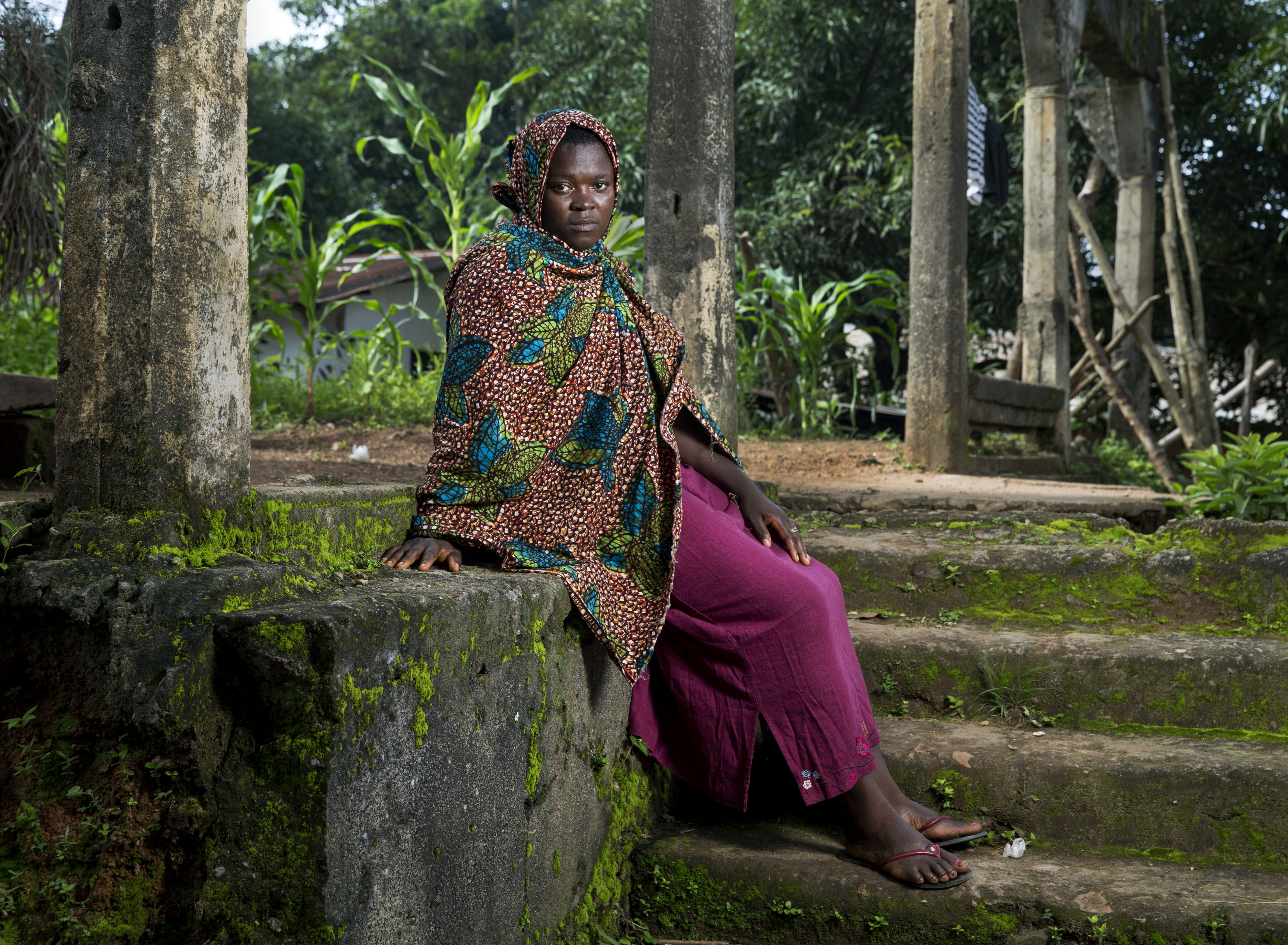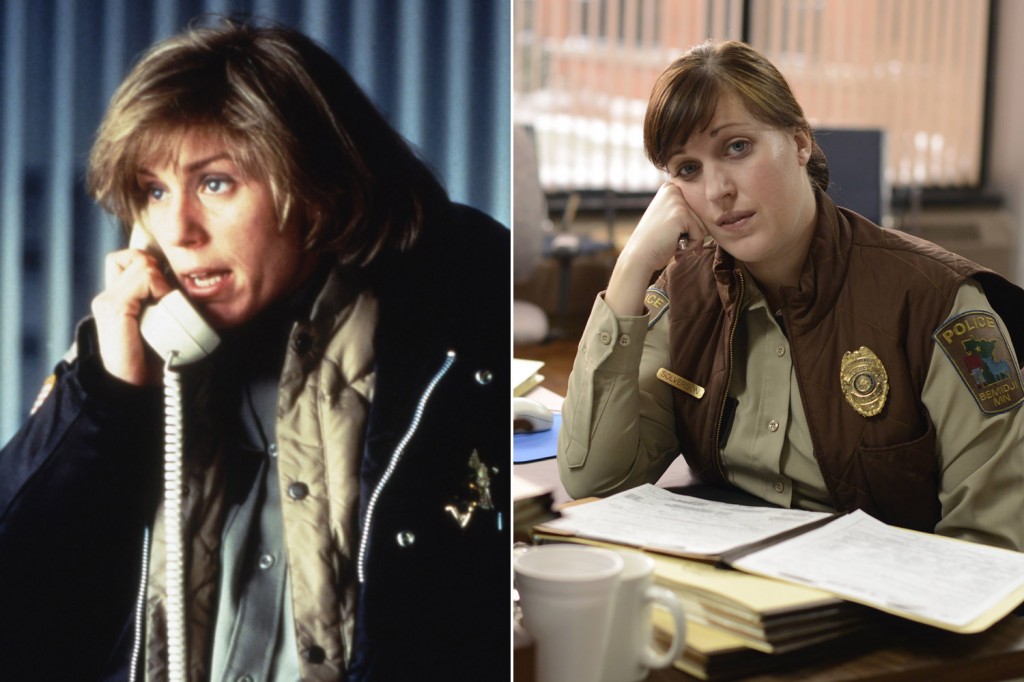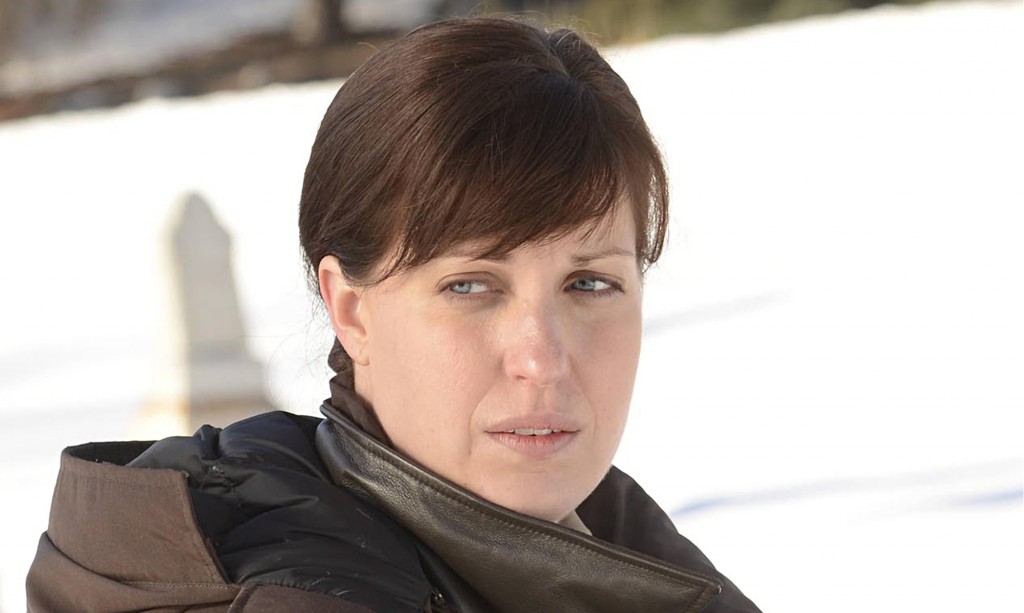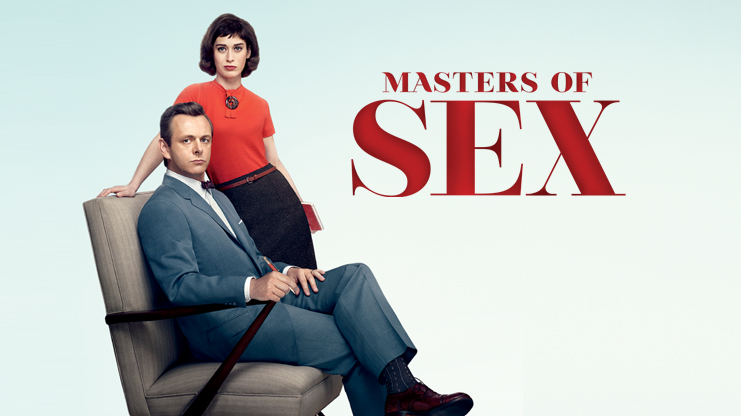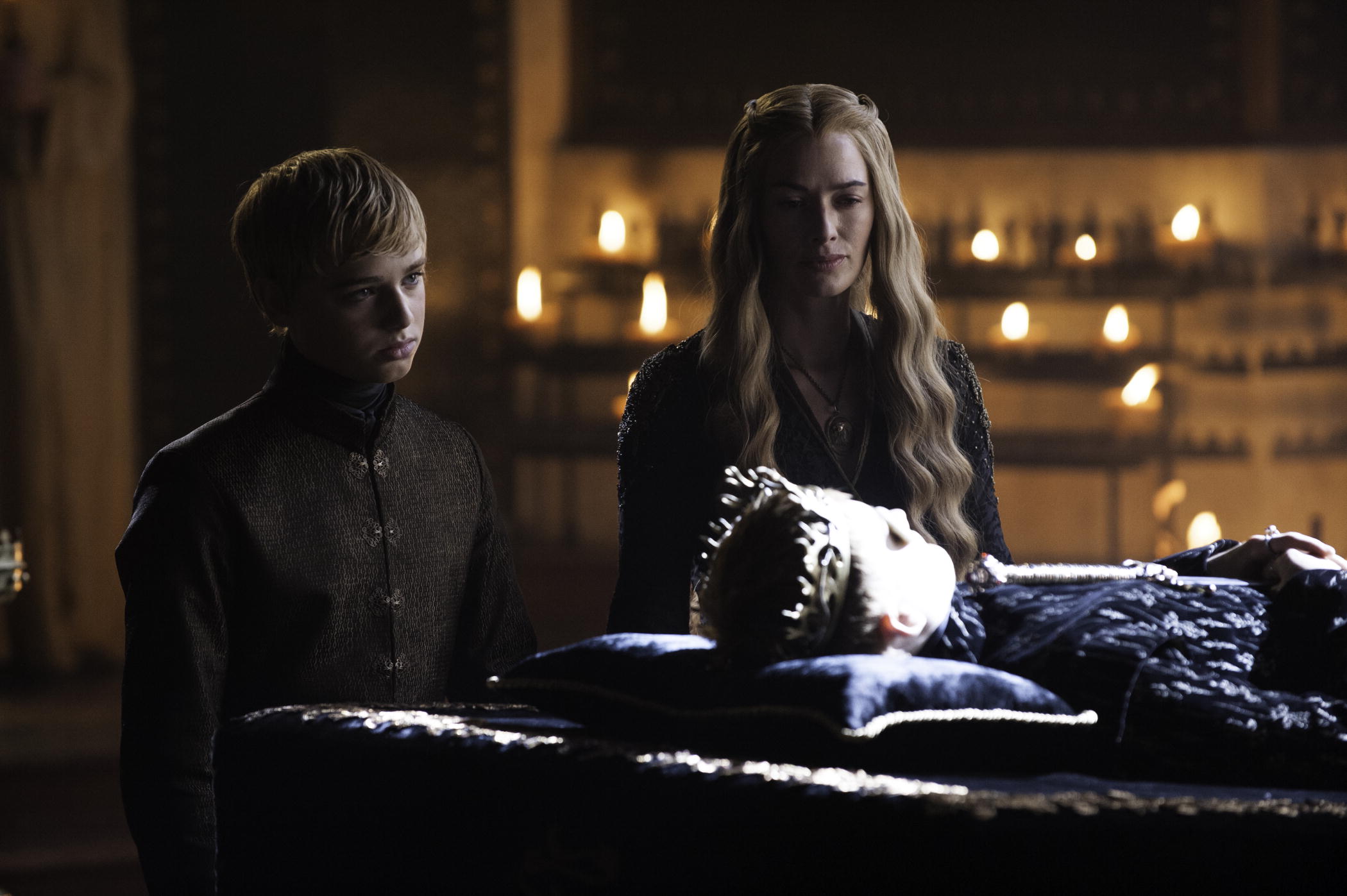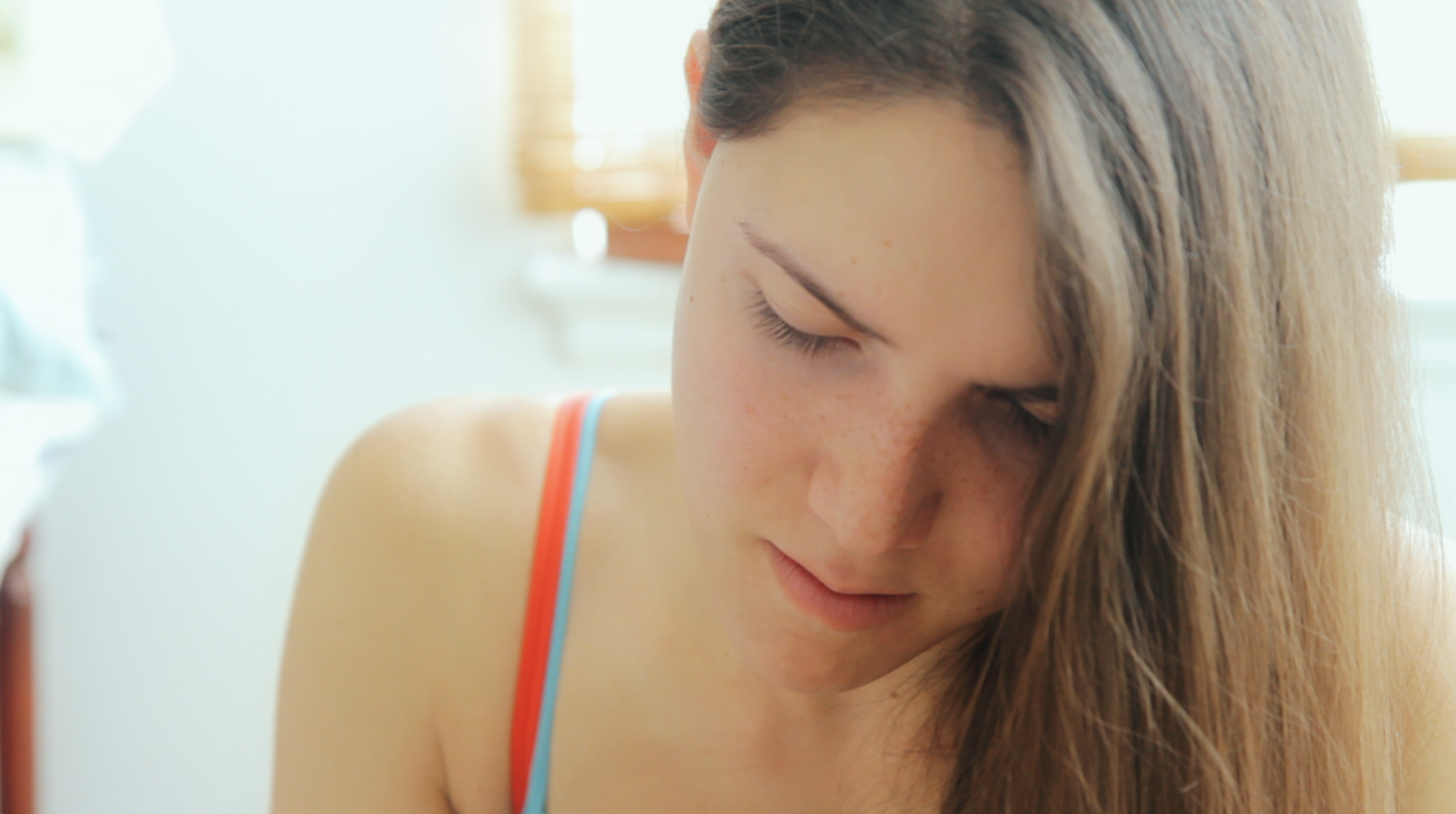
Written by Rachel Redfern.
SPOILER ALERT
“So let’s just roll out the complicated, inter-genertional, often racially influenced, issue of sexual assault in America in about 40 minutes and be pretty much exhaustively mind-blowing,” said How To Get Away With Murder last Thursday.
I think its been universally accepted that Viola Davis is delivering some of the best acting on network TV for her portrayal of Annalise Keating in How to Get Away with Murder. The show itself is fun and entertaining, although occasionally falls into the trap of “so much drama,” in the courtroom and out. However, despite its flaws, the show boasts an expansive diversity in its character base: lots of female lawyers and judges, ethnically diverse cast, and LGBTQ relationships.
But last Thursday’s episode, “Mama’s Here Now,” hosted a surprising masterclass on dealing with the fraught topic of sexual abuse on network television.
Thursday’s episode opened with Annalise receiving a visit from her aging mother, Cicely Tyson. Hopefully you know Tyson from her work on Because of Winn Dixie and Diary of A Mad Black Woman. Tyson steps into Annalise’s house and we have the first scene of straight familial comfort, a mother holding her daughter: simple and powerful. But as with most mother-daughter relationships, it becomes apparent within the next few minutes that there is a fraught backstory between the two. Annalise’s mother insists on calling Annalise “Anna May,” a name that becomes a clear symbol for a life that she shed on her way to becoming a successful professor and sophisticated trial lawyer.
Parallel to the beginnings of Annalise’s family drama is the strange client that “the gang” and Bonnie (Liza Weil, from Gilmore Girls) decide to take on. The strange case revolves around a timid nurse accused of raping a male patient post-surgery.
And while Bonnie struggles through her own Annalise as “mommy” lawyer issues, Annalise begins to reveal that she was sexually assaulted by her uncle as a child, accusing her mother of knowing what happened to her and not caring.

During all of the personal drama is Bonnie’s courtroom case; besides the obvious similarities between the two storylines, both dealing with sexual assault, Bonnie’s case is difficult to unpack. A woman is accused of rape by man, but she claims the sex was consensual. Bonnie and “the gang” then discover that the accuser is a gay man in a relationship with hospital legal staff, in league to grab a big payout from the hospital on a falsified rape claim. I found this problematic.
Sexual assault happens to both men and women, and in an episode committed to the discussion of the ways that victims of abuse often don’t see any justice, if felt like an odd juxtaposition for the storyline. However, it could also have been read as a way of repositioning normal gender stereotypes, a switch from men as sexual aggressors to women as enactors of violence and trauma as well.
But the magic of this episode was in the complexity with which the writers and actors dove into a hugely complicated issue and emerged, not with easy platitudes of forgiveness, but rather, a more complicated evaluation of sexual (and racial) politics.
In an explosive dinner scene, Annalise–haggard and drunk–accuses her mother of not caring about what her uncle did to her. But in a surprise, Annalise’s mother delivers her mantra for the episode: “I told you, men take things! They’ve been taking things from women since the beginning of time.” She angrily lists her own sexual assault by her reverend as a child, a teacher who raped her aunt, and Annalise (and audience) sit there, horrified at the string of violence she spits out.
The obvious anger and helplessness that both of these women feel just spills out, crossing generational borders and speaking volumes to the pervasive ugliness of sexual assault. But it doesn’t stop there–Tyson continues on, revealing more about Annalise’s past with Sam, and the reasons for her occasional disdain for Annalise: “Ain’t no reason to talk about it and get all messy everywhere. Certainly no reason to go to a head shrink or for help.”

Sam was Annalise’s therapist; as Annalise reveals her vulnerabilities to her mother’s disgust with her daughters weakness, so many things click into place: Sam using his place of confidant and doctor to prey upon Annalise’s belief that she “belonged in a hand-me-down box.”
After Tyson’s tirade against the nature of men, their next scene together is different: softer, stronger. Annalise seems stripped down–no makeup, no wigs, her hair bunched into a more natural ‘fro, everything from her life as a lawyer pushed to the side as she sits on the floor between her mother’s knees while she brushes her daughter’s hair. For me, this was the most telling scene; not only is it an iconic image, but it also takes Annalise back into her older self, and we see her, confused, half in and half out of her old world and her new one. But despite the fancier settings than the ones she obviously grew up with, women’s problems are the same, and so are the solutions.
It is in the safe and familiar image that Tyson reveals the truth about Annalise’s uncle and what happened to him. Annalise’s mother saw the man emerge from Annalise’s room and knew what had happened, and so days later, while he was passed out drunk on the couch, she took a long match, and burned the house down, fixing the problem the only way she knew how. Tyson now repeats the refrain, “Only God can judge.”
Conclusion: Men take, women fix things?
Rachel Redfern is a traveler and teacher who spent the last few years living in Asia. Now back in her native California, she focuses on writing about media, culture, and feminism. While a big fan of campy ’80s movies and eccentric sci-fi, she’s become a cable acolyte, spending most of her time watching HBO, AMC, and Showtime. For good stories about lions and bungee jumping, as well as rants about sexism and slow drivers, follow her on Twitter at @RachelRedfern2.
